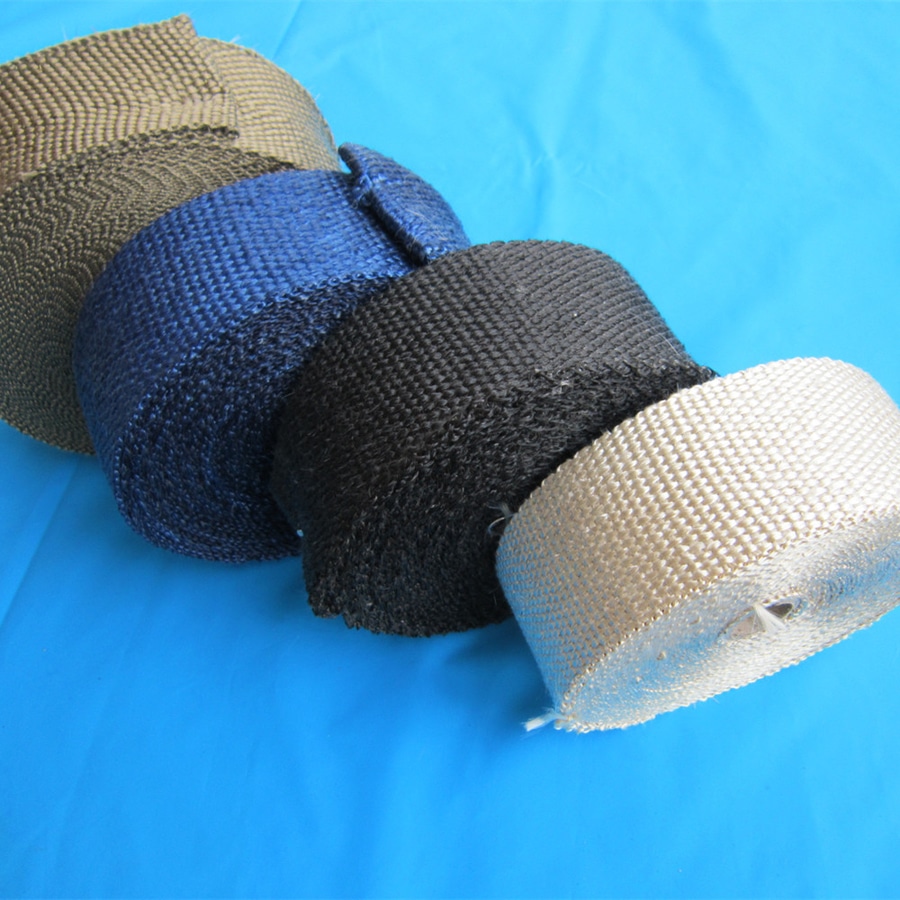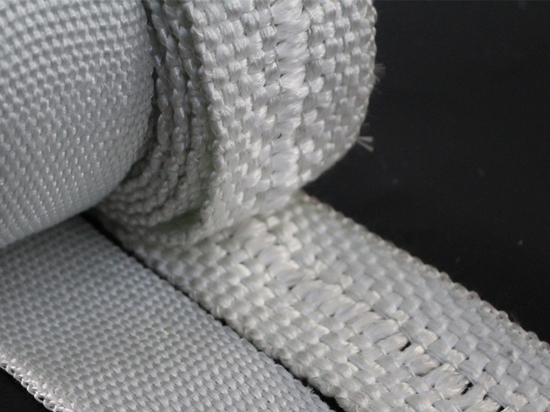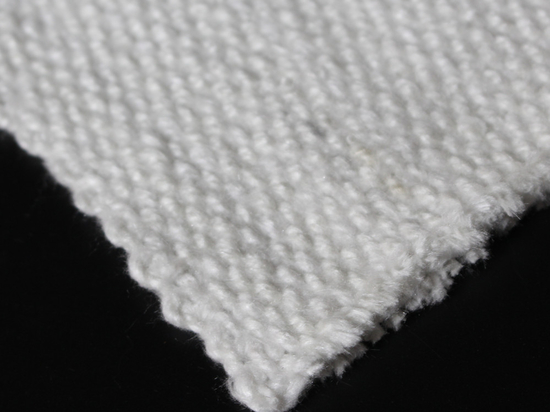
#Product Trends
Innovations in Glass Fibre Webbing Tape and Their Environmental Impact
Glass Fibre Webbing Tape
With sustainability at the forefront of modern industry discussions, the evolution of Glass Fibre Webbing Tape is no exception. Innovations in its manufacturing and application have brought about significant environmental benefits. Let's unravel these green strides.
Reduced Energy Consumption in Production
Advanced production techniques have optimized the melting and weaving processes, resulting in:
Lowered Energy Needs: Modernized furnaces consume less energy to produce molten glass.
Efficient Machinery: Upgraded weaving machines require less power and produce less waste.
Longer Lifespan, Less Waste
Thanks to the improvements in the tape's quality and durability:
Extended Use: The tape lasts longer, meaning fewer replacements and reduced waste.
Recyclability: Innovations have made certain variants of the tape recyclable, further cutting down on landfill waste.
Cleaner Production Processes
A shift to environmentally-friendly raw materials and production methods means:
Reduced Emissions: Fewer harmful emissions are released during production.
Less Water Consumption: Modern production methods utilize less water, conserving this crucial resource.
Application in Green Technologies
Glass Fibre Webbing Tape's adaptability has seen its application in sustainable technologies:
Solar Panels: The tape aids in the assembly and insulation of solar panels, promoting renewable energy.
Eco-friendly Buildings: In green construction, the tape plays a role in insulation and energy conservation.
Conclusion
Innovations in Glass Fibre Webbing Tape aren't just about enhancing its performance – they're a nod to our collective responsibility towards the environment. As industries pivot towards sustainability, the role of such materials becomes ever more pivotal.




